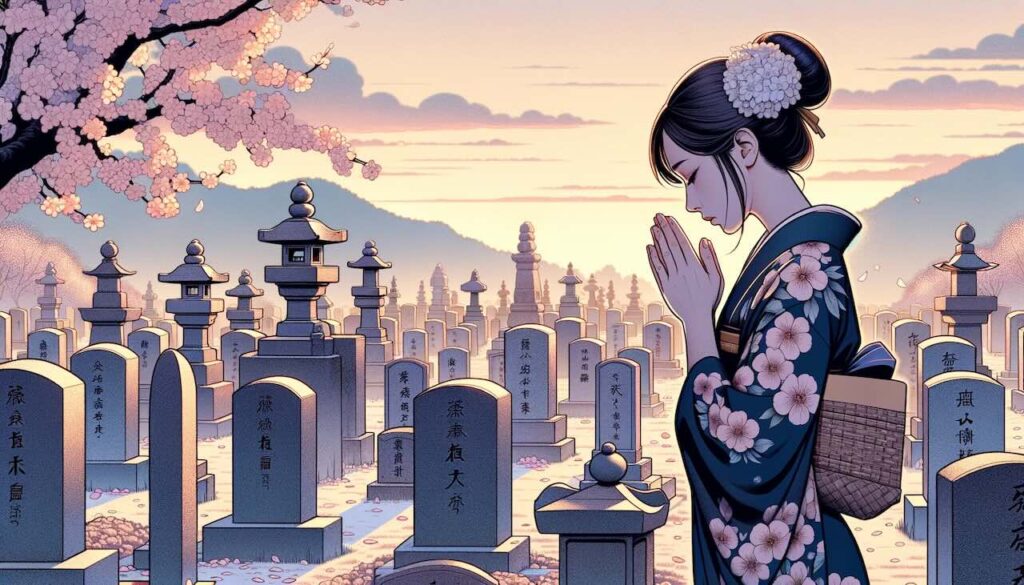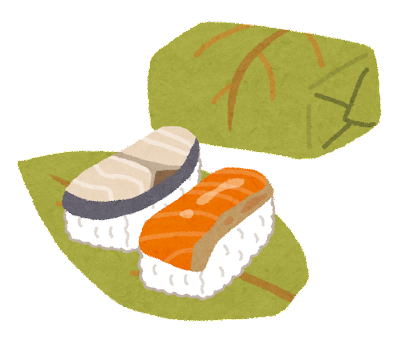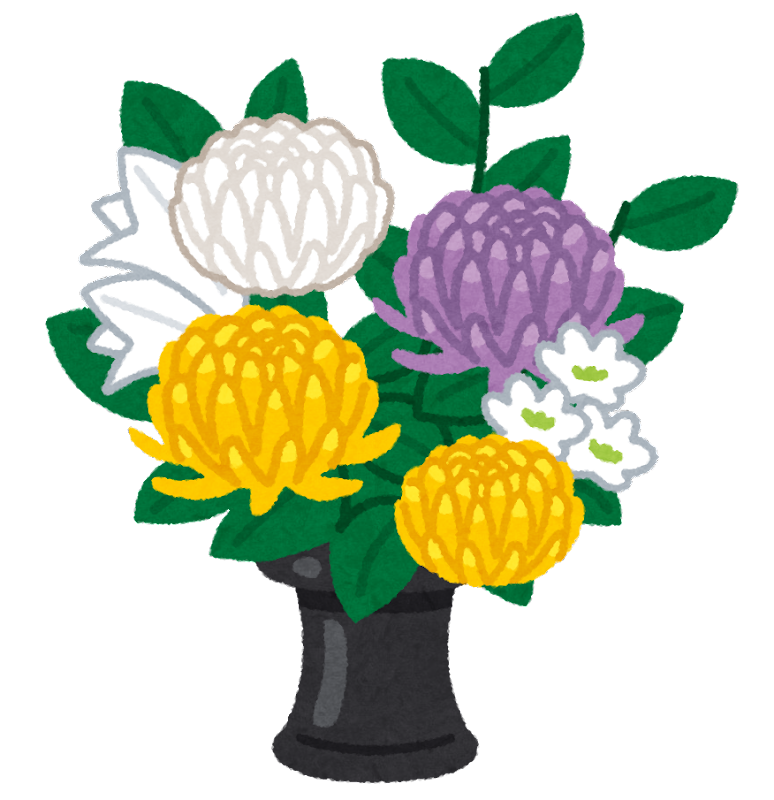Twice a year in Japan, families gather to visit ancestral graves, clean headstones, and offer prayers. This deeply rooted practice is known as Higan (彼岸)—a Buddhist tradition observed during the spring and autumn equinoxes. While peaceful and simple in appearance, Higan carries profound spiritual meaning and offers a moment of reflection in modern Japanese life.
Let’s explore the origins, customs, and deeper significance of Higan, and how it continues to shape Japan’s seasonal rhythm and spiritual landscape.
What Is Higan?
Higan is a Buddhist observance in Japan that takes place twice a year, during the spring and autumn equinoxes. Each Higan period lasts seven days: three days before, the day of the equinox, and three days after.
During this time, many Japanese people:
- Visit family graves to pay respects to ancestors
- Clean the gravestones and surrounding area
- Offer flowers, incense, and seasonal foods
- Recite Buddhist sutras and reflect on life
Higan is both a religious practice and a cultural tradition, cherished by families across generations.
The Meaning Behind the Word “Higan”
The term “Higan” literally means “the other shore” in Buddhist philosophy. It refers to the state of enlightenment, beyond the ocean of suffering, delusion, and earthly attachments.
In contrast, our current existence—bound by desires and impermanence—is called “this shore” (shigan). The Higan season is a symbolic time to:
- Cross from “this shore” to “the other”
- Reflect on the Six Perfections (paramitas): generosity, morality, patience, effort, meditation, and wisdom
- Move closer to spiritual awakening
It’s a period not just for honoring the dead, but also for looking inward and nurturing one’s own path to mindfulness and compassion.
Why Visit Graves During Higan?
In Japanese Buddhist belief, it is said that the veil between the living and the dead grows thinner during the equinox, when day and night are in perfect balance. It’s believed that ancestors’ spirits can return more easily to the world of the living.
By visiting graves and making offerings, people:
- Express gratitude and remembrance for their ancestors
- Strengthen family ties, both living and ancestral
- Engage in acts of care and humility, symbolized through the cleaning of the gravesite
These visits also provide a time for personal reflection, a chance to step away from the rush of daily life and reconnect with what truly matters.
When Is Higan Observed?
🌸 Spring Higan
- Centered around the spring equinox (around March 20)
- A time to celebrate rebirth and renewal
🍁 Autumn Higan
- Centered around the autumn equinox (around September 23)
- A time to reflect on the impermanence of life
📅 Higan Dates for 2024:
- Spring Higan: March 17 (Sun) – March 23 (Sat)
- Autumn Higan: September 20 (Fri) – September 26 (Thu)
While exact dates may vary slightly depending on region or temple tradition, the central equinox day remains the spiritual heart of each observance.
Conclusion: A Bridge Between Worlds
Higan is more than a seasonal custom—it’s a bridge between the past and present, the spiritual and physical, the personal and universal.
By visiting ancestral graves, offering prayers, and practicing self-reflection, people in Japan honor their heritage, faith, and humanity. It’s a gentle but powerful reminder that even in a busy modern world, there’s room to pause, give thanks, and look inward.
Whether you have a family tradition of visiting graves or are simply curious about Buddhist customs, Higan offers a moment of clarity—and a chance to reconnect with what’s sacred.


